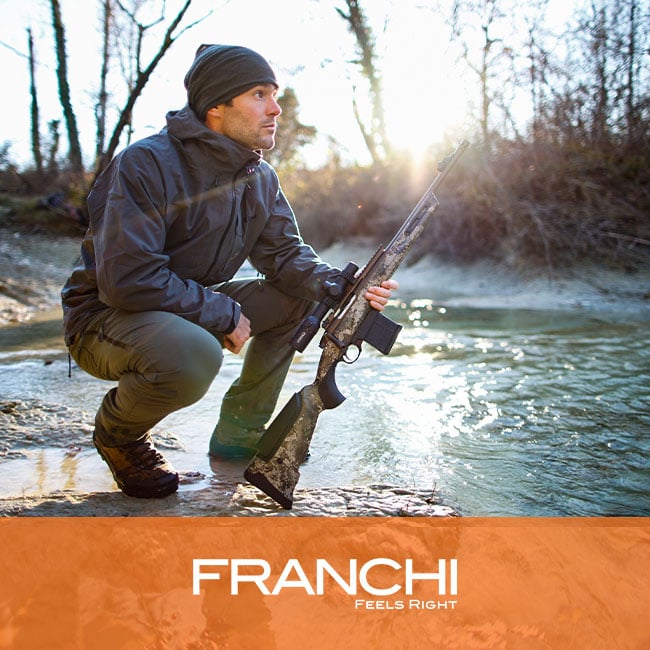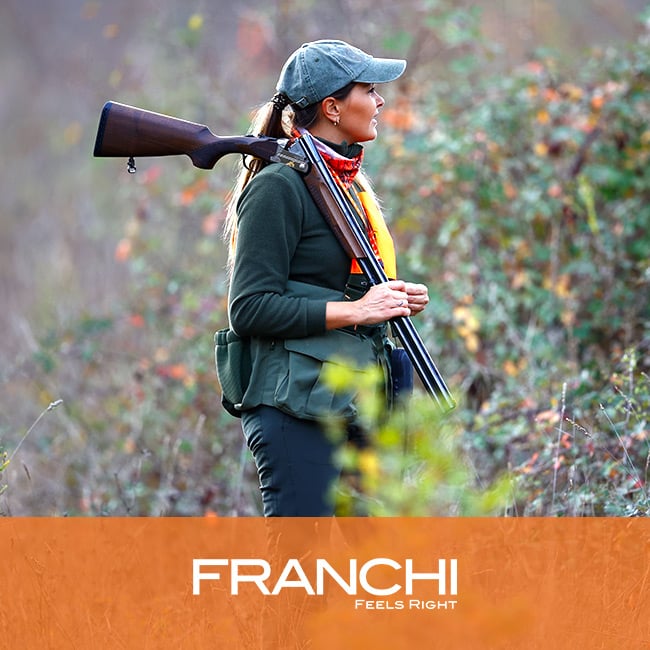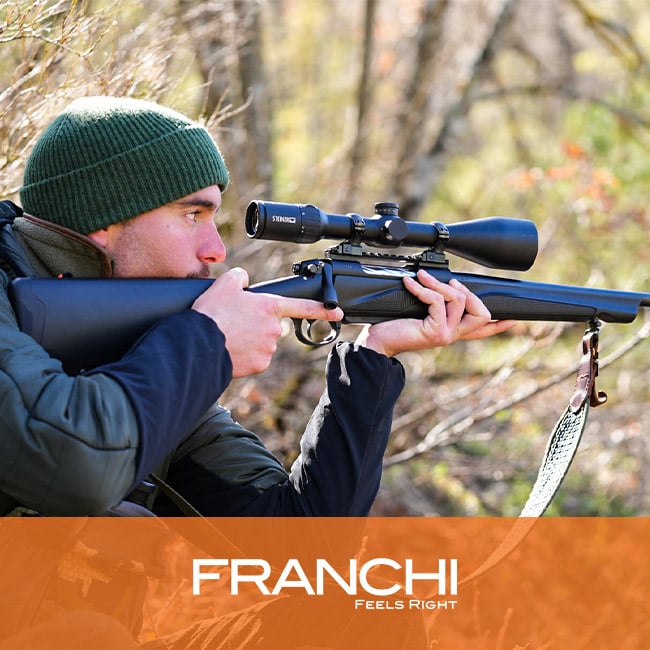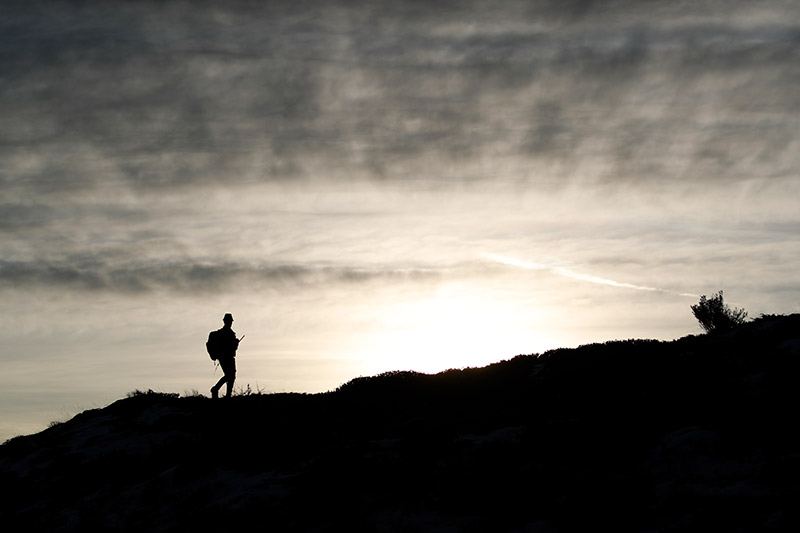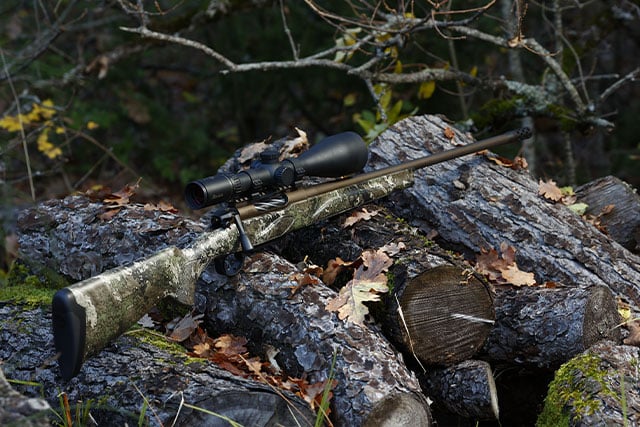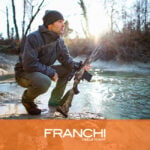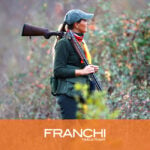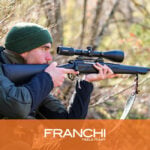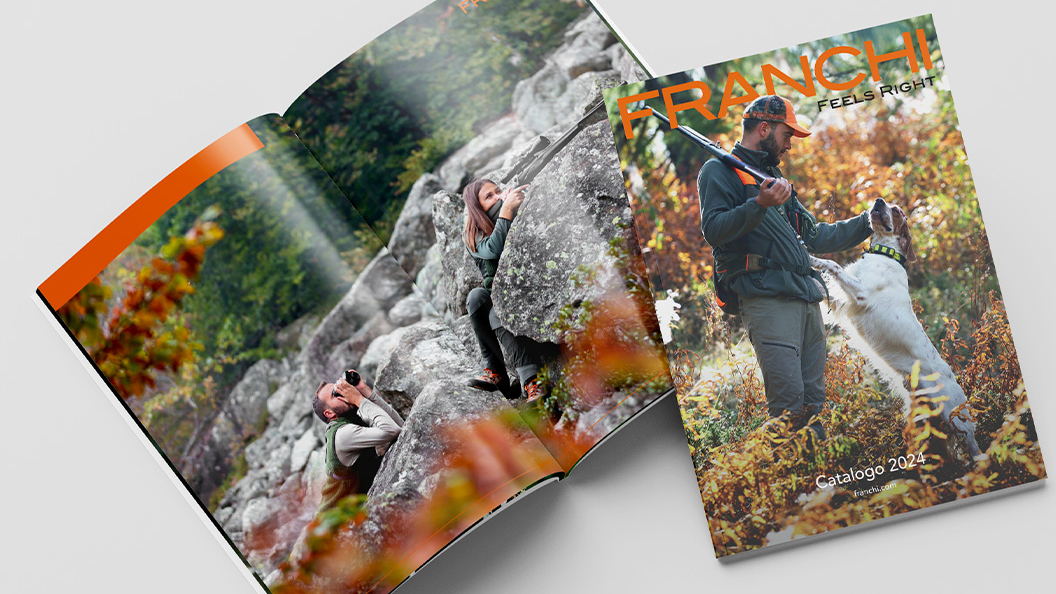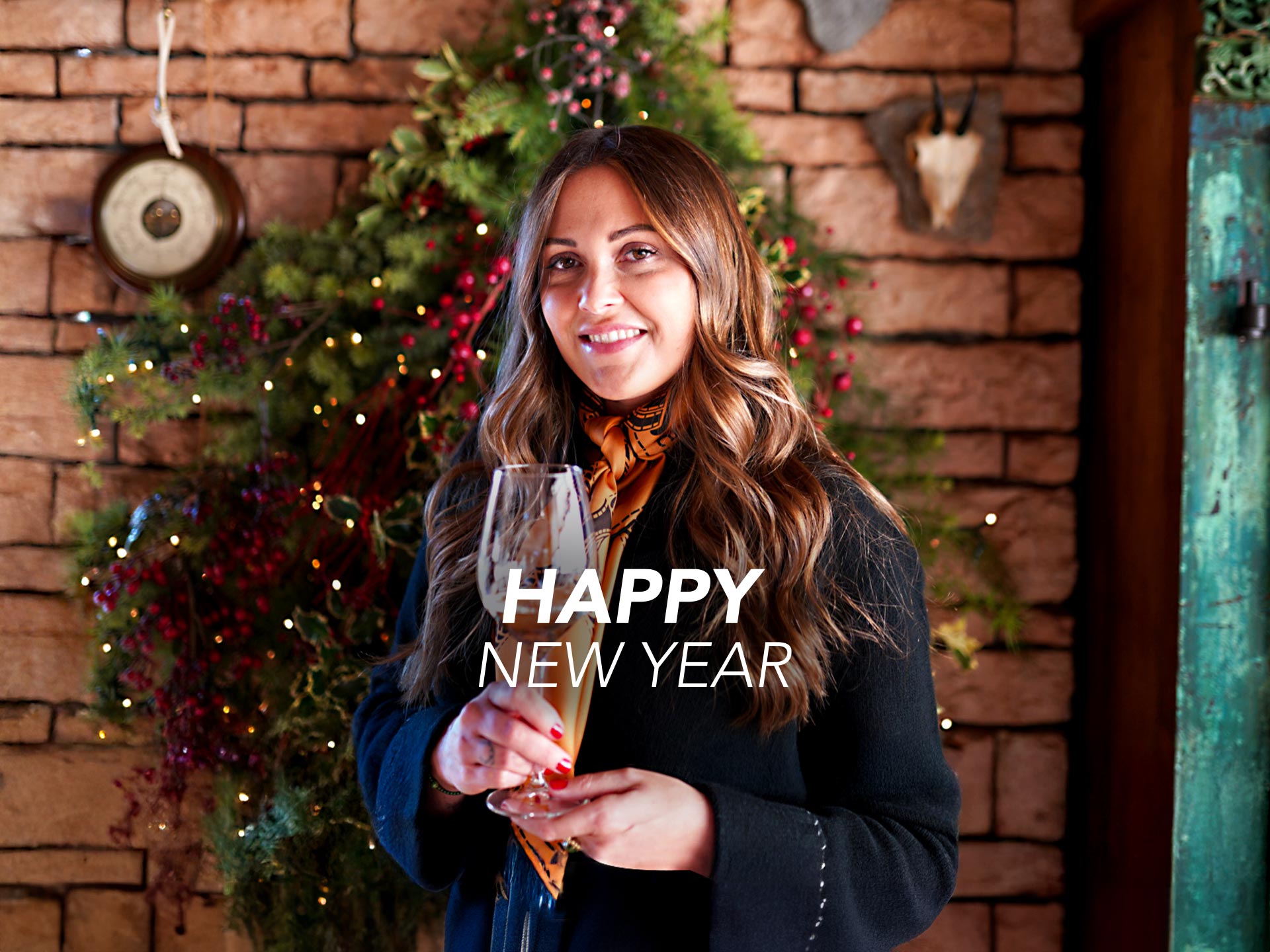Weapons
View all
Find the closest armory
BENELLI USA CORPORATION
17603 Indian Head Highway ACCOKEEK MD - U.S.A.
BERETTA-BENELLI IBERICA S.A.
Barrio De Santiago S/n TRESPUENTES - SPAGNA
MANFRED ALBERTS GMBH
Bielsteiner Str. 66 WIEHL - GERMANIA
NASHE ENTERPRISES
Fb 27/28a First Basement Level, Makati MAKATY CITY - FILIPPINE
BERETTA NEW ZEALAND LTD.
146 Rockfield Road, Penrose AUCKLAND - NUOVA ZELANDA
OUTDOOR ENTERPRISE S.A.
Via Pra Proed 2 SAN VITTORE
SAKO LTD
Sakonkatu 2 - Pl 149 RIIHIMAKI - FINLANDIA
STOEGER CANADA (1990) LTD.
1010 Thornton Rd S Oshawa, Ontario - CANADA
RODAMIENTOS SEVERINO SRL
Cordoba 844 Piso 8 SANTA FE - ARGENTINA
BERETTA AUSTRALIA PTY LTD.
Po Box 4258 DANDENOG SOUTH AUSTRALIA
STAR FORCE LTD.
29, Ekzarch Josiph Str. SOFIA - BULGARIA
VEIDIHUSID SAKKA EHF
Holmaslod 4 REYKJAVIK - ISLANDA
STOEGER SILAH SANAYI A.SDUDULLU ORGANIZE SANAYI BOLGESI
2 Cadde No. 27 - 34775 Umraniye ISTANBUL - TURCHIA
ETS. A.M.FALCOZ
90 Bd. Lahcen Ou Ider CASABLANCA - MAROCCO
HANS WRAGE & CO.GMBH
Alstertor 17 HAMBURG - GERMANIA
HUMBERT CTTS SAS
45 Avenue Paccard VEAUCHE - FRANCIA
KANEKO SPORTING ARMS & POWDER CO.
41-3,2-chome,kami-itabashi,itabashi-ku TOKYO - GIAPPONE
NICOLAS YUNES E HIJOS S.R.L.
Ave. Duarte 67 S.DOMINGO- REP.DOMINICANA
MANJUNG ARMS (M) SDN BHD
10, Taman Desa Bintang DARUL RIDZUAN - MALAYSIA
SSTC SPECIALIST SHOOTERS TRAINING CENTER
Lp 52 Garden Road ARAGUEZ SOUTH
NORMA AS
Industriveien 2 HAGAN
KALIBER SP. Z O.O.
S. Starzynskiego 43 POLONIA
BRESCIA MIDDLE EAST
Jounieh Main Road JOUNIEH
XXXX"FENIKS LLC"
1, Very Kholodnoy Square, Office 2, ODESSA
RELOAD
Magjistralja Prishtine-ferizaj Km.7 PRISTINA
DIVENETO WORLD TRADING GROUP LTDA CNPJ
Via 19 De Janeiro NOVA ROMA DO SUL
ARSENAL DOOEL STRUGA
Ul. Marsal Tito Br.107 MACEDONIA
TOPTH KOREA INC
2nd Floor 666-1 Gyungmyungdae-ro INCHEON-CITY
COMPIX S.A.
Sta. Teresa Y Perez Del Puerto MALDONADO
SOCIETE' HABIB MECHERGUI
Immeuble Mechergui JENDOUBA
IN-NAMRA
Grace Street Zebbug Zbg 1041 MALTA
KOPTEX D.O.O.
Vodovodna Pot 11 SLOVENIA
FILIP MATEJU
Nam. Svobody 218 SVITAVKA
OBRADOVIC D.O.O.
Zrinsko - Frankopanska 52 CAPLJINA
MULTI ARMS LLC
Khorenatsi 4 YEREVAN
RITOSA TRGOVINE D.O.O.
M. Zupanica 6 CROAZIA
D & L EKTHESIAKI LTD (AETOS)
21 Grigori Afxentiou NICOSIA
SPORT A LOV S.R.O.
Masarykovo Nam. 10/11 BOSKOVICE
HOFMAN TOP SPORT BV
Grimbergerweg 11. 7467 Pr NOTTER
SOCIETATEA VANATORILORDIN MOLDOVA
Str. Sipotelor, 2 MOLDOVA
FONT DEL MARGE COMERCBaixada del Molì n. 51
Ad500 Andorra La Vella ANDORRA LA VELLA
DEPORTES EL CAZADOR S.A.
Panama City, Panama PANAMA CITY
IDEA d.o.o.
13 Vuk Karadzic Street PODGORICA
LENTI & ARMKOS GROUP SH.P.K.
Str De Rada P/n PRIZREN
CHAMPION AUTOMOBILES
Maclagan Road, Nila Gumbad LAHORE
KANELE ENTERPRISES
Shop#3 Kanele Shopping Mall KAFUE ROAD
HORANLLIU WEAPON SHOP
Rr. Sadik Petrela TIRANA
GMB LTD
Rigas Street 208 JEKABPILS
DDA KOMERC LESKOVAC "CANONA"
Koste Stamenkovica, 14 LESKOVAC
WINDHOEK DOUBLE BARREL ARMS AMMUNITIONAND ACCESSORIES CC
23 New Castle Street - Windhoek-namibia NAMIBIA
"CALIBER" LTD
#4-4a Gagarini St. TBLISI
HUNTING SHOP BUCK SH.P.K.
Arsim Muzaqi, 33 VUSHTRRI
PETER JEDLICKA - OBCHODNA CINNOST
Zelenec Pri Trnave, Nr. 569 ZELENEC PRI TMAVE
FROMMER KFT
Szenes Ivan Ter 10 BUDAPEST
SIMON GUNS & AMMO
11 Abdelrahim Haj Mohammad St AMMAN
OUTDOOR ENTERPRISE DENMARK APS
Thrigesvej 30, 7430 Ikast IKAST
TACTICAL CORNER INCORPORATED
Unit 26, 2nd Floor, Ali Mall QUEZON CITY
"KYRGYZ ARMS COMPANY" LLC
1 "a", Cemzavodskaya KANT
OUTDOOR ENTERPRISE SWEDEN AB
Gammelbackavaegen 4b KARLSKOGA
SAFARI AZERBAIJAN
M. Mushfig Str. 10 BAKU
AMMOTEC BENELUX
Kapelleveldstraat 18 BOECHOUT
M.G. KIRGIAS S.A.
1st On The Road Of Neochorouda THESSALONIKI
"EDREN TRADE LLC"
Byanzulrkh Destrick 14th Khoroo ULAANBAATAR
INTERARMI S.R.L.
Municipiul Targu Mures TARGU MURES
SINERGIA COMERCIAL S.A.C.
Javier Prado Este, 2927 - Of.201 SAN BORJA
"EGER" LLC
1/1 David Bek Street ARMENIA
AMMOTEC AUSTRIA GMBH
Iz Noe-sued, Strasse 7 - Obj.58c WR. NEUDORF
LIMITED LIABILITY COMPANY "STVOL"
73 Rishelievska Str. UKRAINE
"CARAVANI+" L.T.D.
Batumi Str. 29a TBLISI
SOCIETE' HABIB MECHERGUI
Immeuble Mechergui JENDOUBA
STONEWOLF SUPPLY CO.
Inyathi Park - 7 Mountain Drive PRETORIA
SPORTSMAN GUN CENTRE LTD
19 Apple Lane, Exter, Devon, Ex2 5gl EXTER
BW ARMS, s.r.o.
Dr. Clementisa 54 - 909 01 Skalica SKALICA
RAFAGA SRL
Av. Fuerza Aerea # 700 SANTA CRUZ DE LA SIERRA




